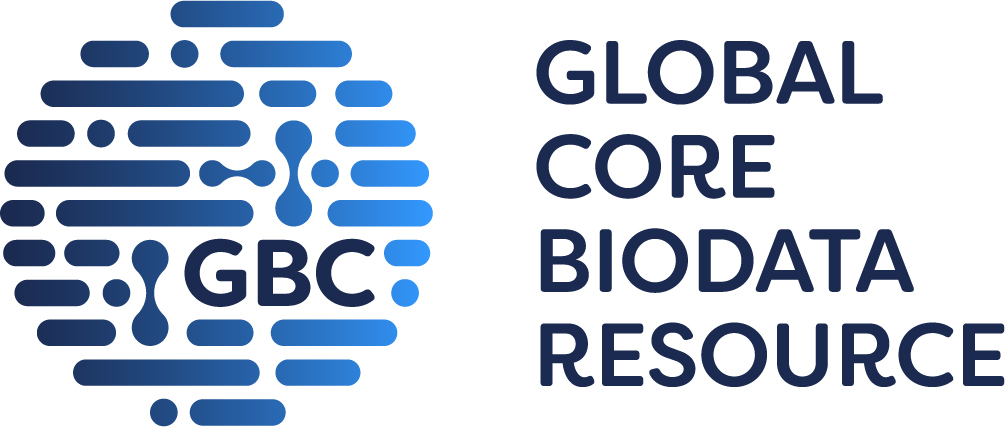
GtoPdb is requesting financial support from commercial users. Please see our sustainability page for more information.
P2A P-type ATPases: Ca2+-ATPases C
Unless otherwise stated all data on this page refer to the human proteins. Gene information is provided for human (Hs), mouse (Mm) and rat (Rn).
Overview
The sarcoplasmic/endoplasmic reticulum Ca2+-ATPase (SERCA) is an intracellular membrane-associated pump for sequestering calcium from the cytosol into intracellular organelles, usually associated with the recovery phase following excitation of muscle and nerves.
The plasma membrane Ca2+-ATPase (PMCA) is a cell-surface pump for extruding calcium from the cytosol, usually associated with the recovery phase following excitation of cells. The active pump is a homodimer, each subunit of which is made up of ten TM segments, with cytosolic C- and N-termini and two large intracellular loops.
Secretory pathway Ca2+-ATPases (SPCA) allow accumulation of calcium and manganese in the Golgi apparatus.
Transporters
|
SERCA1 Show summary » |
|
SERCA2 Show summary » |
|
SERCA3 Show summary » |
Comments
How to cite this family page
Database page citation:
P2A P-type ATPases: Ca2+-ATPases. Accessed on 29/12/2025. IUPHAR/BPS Guide to PHARMACOLOGY, http://www.guidetopharmacology.org/GRAC/FamilyDisplayForward?familyId=159.
Concise Guide to PHARMACOLOGY citation:
Alexander SPH, Fabbro D, Kelly E, Mathie AA, Peters JA, Veale EL, Armstrong JF, Faccenda E, Harding SD, Davies JA et al. (2023) The Concise Guide to PHARMACOLOGY 2023/24: Transporters. Br J Pharmacol. 180 Suppl 2:S374-469.








The fungal toxin ochratoxin A has been described to activate SERCA in kidney microsomes [1]. Cyclopiazonic acid [4], thapsigargin [3] and BHQ are widely employed to block SERCA. Thapsigargin has also been described to block the TRPV1 vanilloid receptor [7].
The stoichiometry of flux through the PMCA differs from SERCA, with the PMCA transporting 1 Ca2+ while SERCA transports 2 Ca2+.
Loss-of-function mutations in SPCA1 appear to underlie Hailey-Hailey disease [2].